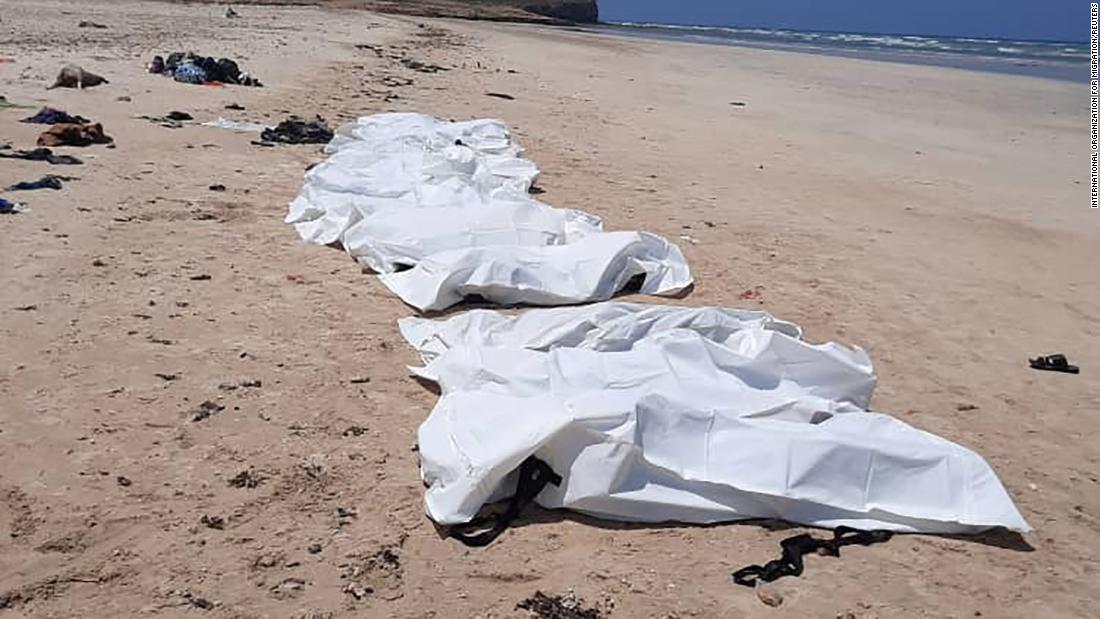
IOM’s regional director for East and the Horn of Africa, Mohammed Abdiker, also tweeted Tuesday that “grim images” of “children’s bodies ashore” have now appeared. A tweet from Abdiker previously said that at least 16 children (8 boys and 8 girls) were among the dead.
An IOM press release on Tuesday stated that the 60 “migrants were transported by people smugglers” from Yemen to Djibouti and that this was the second such tragedy “in just over a month”.
During last month’s tragedy, smugglers threw 80 people overboard due to overcrowding, drowning at least 20 people, the press release said.
“Every year, tens of thousands of young African migrants from the region make the perilous journey from countries such as Somalia and Ethiopia through Djibouti and Yemen in search of employment in the Gulf,” the press release said.
The cause of the capsizing remains unclear, although many voyages are currently “undertaken on board non-seaworthy ships by migrants desperate to return home almost daily”.
Despite the dangers, “the number of migrants arriving in Djibouti continues to increase,” the IOM said.
“More than 2,343 migrants from Yemen arrived in March, compared to 1,900 in February. Most tried to go home to Ethiopia and Somalia.”
The ongoing conflict has left “tens of thousands of migrants from the Horn of Africa” trapped in Yemen, while “many live in dangerous conditions, mostly without access to food, shelter, medical care and security,” the IOM said.
Migrants eager to return home are being forced to pay people smugglers “large sums of money to facilitate” their risky journey home, it added.
In Yemen alone, more than 6,000 people have applied for voluntary humanitarian return (BHD) assistance to go home, with the IOM launching a $ 99 million call in March to help meet the needs of migrants in the Horn from Africa and Yemen.